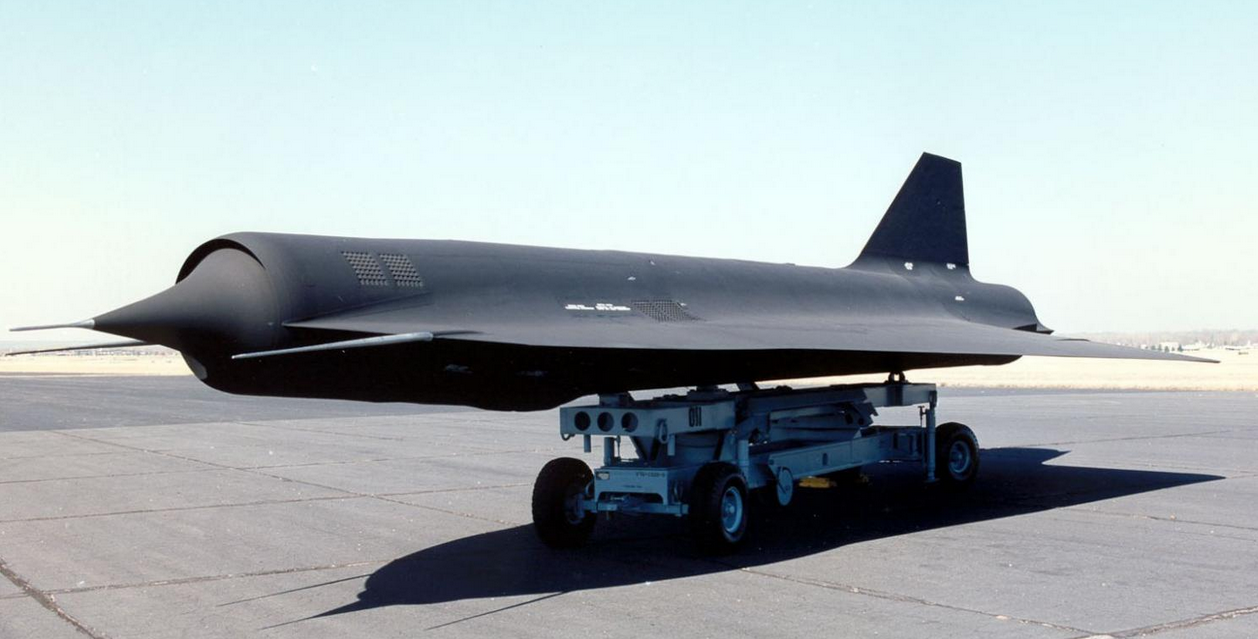Once the unmanned aircraft returned to base, the film canister would be ejected and land by parachute, after which the drone itself would land.
In November 1969, the U.S. Air Force sent Russia an early Christmas gift.
It was a sleek flying machine that bore an uncanny resemblance to the SR-71 Blackbird spy plane.
The American generosity was purely unintentional. The aircraft was actually a cutting-edge drone dispatched on a mission to photograph Communist Chinese nuclear sites. And the drone did what it was supposed to until it failed to turn around, and kept on going north into Siberia before crashing.
If imitation is the sincerest form of flattery, then Russia paid the skilled aircraft designers at Lockheed the highest compliment: they tried to copy their work.
The drone in question was the D-21. With its graceful delta wings, the D-21 resembled a miniature SR-71, which was no coincidence given that they were products of Lockheed’s famed Skunk Works, the originator of many an amazing secret project. In fact, the D-21 was originally designed to be mounted and launched from the tail of an SR-71, itself famous for its Mach 3 speed and its 85,000-feet maximum altitude.
Read more HERE





